|
2005 La Carrera Panamericana Vintage Car Race
(Continued) No bikes, Just Speed And The World’s Most Dangerous Road Race Photos and Text By K. Randall Ball |
|
|
|
So much of Mexico is broad plains and rural villages, but Mexico City is pure squalor. Thousand of people crowded the toll booths to hit on passing motorists, offer themselves as guides, or sell trinkets. An old toothless, skinny gent approached us, in tattered clothes, with his fly down. He spoke English, “I went to High School in San Diego.” “Figures,” I said and we rolled on in search of the illusive highway around the city. “We found Lecuemia,” Chris said. “This is real Mexico, street to street ghettos, and an industrial mayhem.” We were approached by a crisp, uniformed Federalist wearing a hat from Nazi Germany. It arched high, like an evil Colonol’s dress uniform. He wanted to bust us for emissions but was satisfied embezzling our Bikernet ballcap.
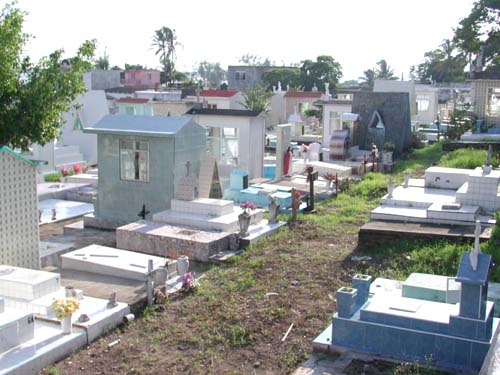
At every stop we were surrounded by street vendors, hustlers and guys trying to wash our windshield with dry cloths, in the center of a constant dust storm. We studied the maps, but our super highway around the city was a ruse. Even creeping through the heat of the city at slow speeds La Bestia Del Norte maintained 170 degress. Hell my Road King sputters along at over 240 degrees on a cool day. Suddenly we were climbing over a mountain range and out of the city. It was the steep Grapevine of Mexico careening from 7500 feet to 10,414 in 18 miles. We leaned forward in our cracked bucket seats as the old Lincoln pulled it’s massive weight toward the crest. Chris told me that 30 Mexican cars entered the race, 40 from the US and 30 from Europe. The gang wars in Laredo chased some of the entrants off and the total number dropped to 65 or so cars as the race approached.
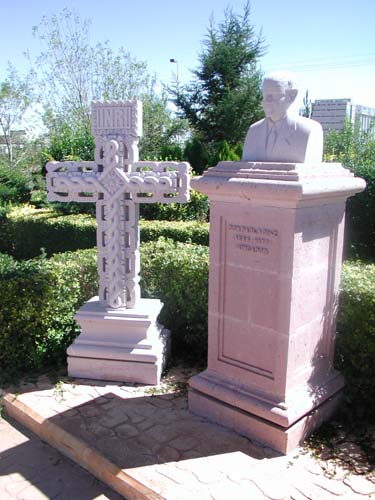
The climate and atmosphere through the mountains was reminiscent of moderate Colorado with Pine trees and beautiful vistas. So far the Weather Gods were on our side as we pulled south of Mexico City toward Puebla where we wanted to check the plugs. There was one strange idle carb adjustment on the casting of the carburetor next to the manifold, in the front. One for each bank of intake ports. We attempted to adjust it, but the impact on the plugs was uncertain. The exhaust manifold folded its cast arms above the plug inlets, unlike most V-8s and it was virtually impossible to reach the plugs unless the engine was cool and we crawled under the carriage.
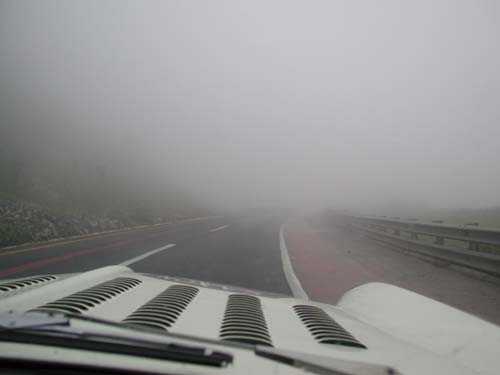
We made a deal with a trucker for some pesos when we gassed up and used 42 Liters for 145 miles for 325 pesos, or 12 gallons for 12 mpg which indicated at least a 12 gallon tank. The mystery continued. As we dropped out of the hills we hit a dense fog at 8,046 feet. “It dropped to two-stripe visibility,” Chris said squeezing the stock steering wheel for all is was worth. “This is the La Cumbre in Maltrada,” Chris muttered staring out the moist windshield. “My girlfriend’s cousin died on this road. It’s the worst fog in the country.” Plus we were headed steeply downhill on wet asphalt. We were nervous for the car’s ability creeping up the hill and scared to death sliding down this narrow wet path hanging dangerously over sheer precipices. As the elevation subsided the car ran better, the weather cooled and the Lincoln loved the damp air.
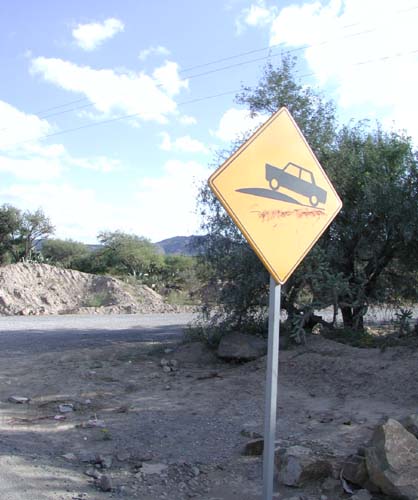
I’m going to jump ahead to the race, since this ain’t a travel log for Mexico’s Best Western magazine, but I’ll touch on a couple of items. Don’t trust the maps or get the absolute latest printing. The helpful truckers are way more considerate to motorists than stateside. They pull to the right to let you pass. Slow moving trucks signal left to let you know when it’s safe to pass. It’s necessary, since there are so many winding two-lane highways. We ran along the coast for a spell then cut inland on a road to nowhere. Our gas tank problem was our nemesis. We had to constantly be aware of our gas level and distance to the next town. More than once we prayed for surf and bit our nails hoping for a Pemex station (government owned gas franchise) to rise out of a hill and refuel us. Most of the roads are well kept, although, from time to time we would stumble into pothole city.
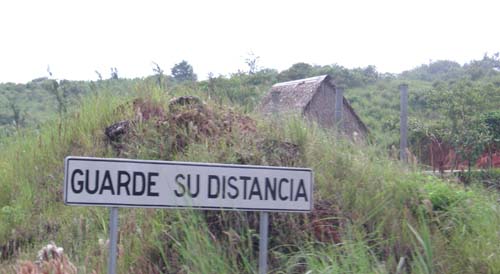
As Americans we have a strange, general attitude toward this south of the border nation. We may think of the people as substandard, but the language is grand steps above American modified and condensed English. Where we say, “Slow Down,” the Spanish language so eloquently announces, “Reducimente Su Velocidade.” Some of the cities of Mexico are picturesque palaces as elegant as any castle in Europe. It’s beautiful, romantic and historic. No Mac Donalds on every corner.
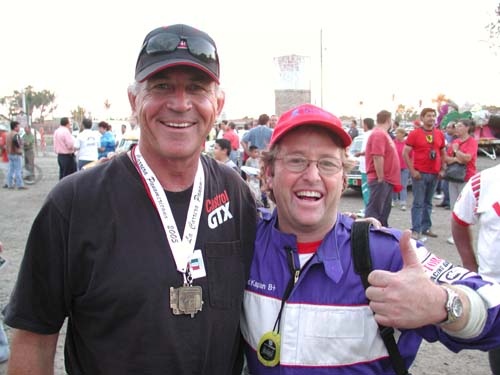
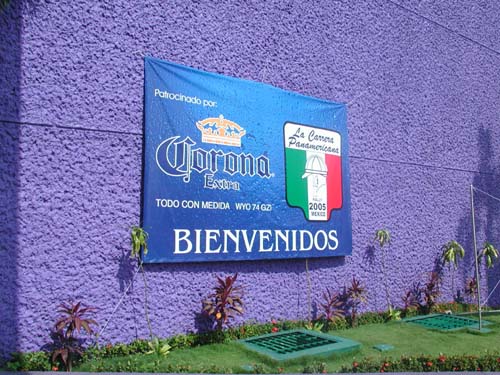
Some 14 Kilometer outside of Tuxla we refueled and adjusted the carb idle jets. The left needle was adjusted ½ turn out and the right a full turn out. Tuxla was a happening city in Chiapa, the state capitol. Slick new car dealerships line broad boulevards. Kids in school uniforms filled the streets. At 2571 miles on the GPS we rolled into the massive El Camino Real Hotel parking lot up a dangerously steep driveway. The highrise luxury hotel was planted into the side of a hill, overlooking the city. We checked in and Chris began to meet and greet the other drivers, a wild assortment of various ethnic backgrounds. Our list of to- dos expanded by the minute. Race cars were parked in a party viewing lane with a grass medium behind the hotel, under temporary booth tents. We were afforded electricity and some of the teams crews worked on their cars constantly.
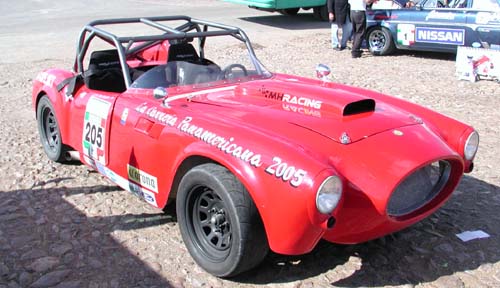
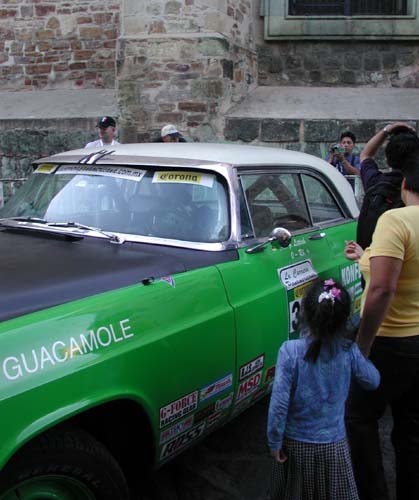
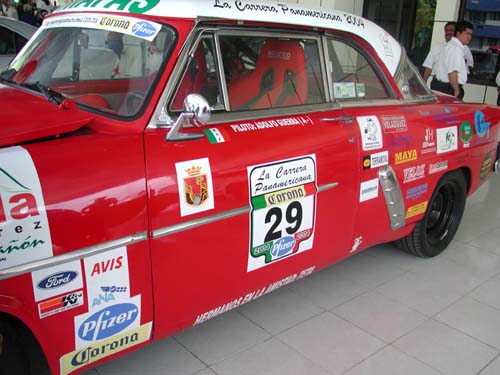
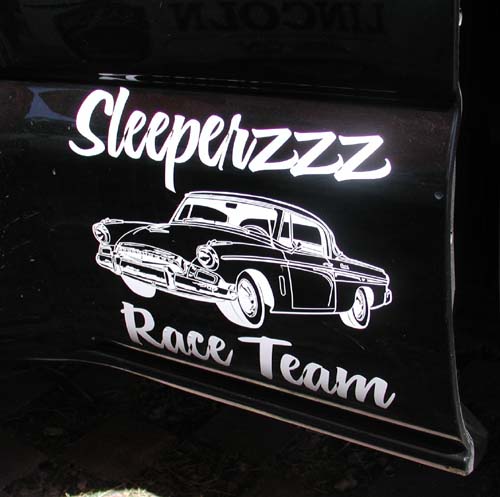
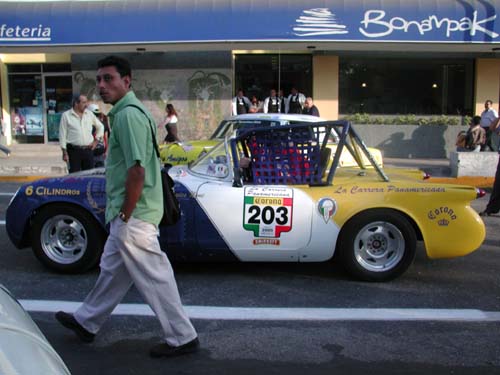
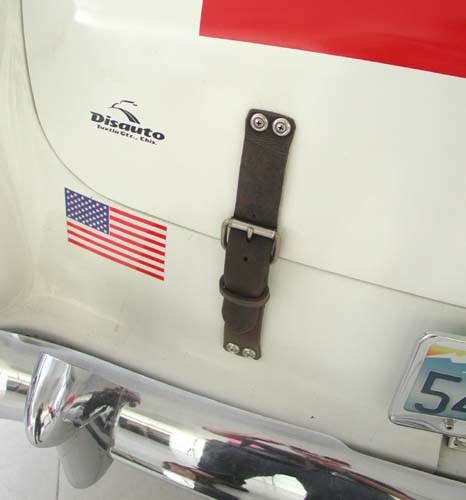
This was our first shot and there was much to learn. We went to dinner with a Studebaker team. The driver was the company boss and the navigation a brilliant engineer, who was somber, subservient and sarcastic. He carefully followed the tough-talking boss from place to place like his man-servant. We downed shots of Cazadores and Sangrita mixed with bloody Mary mix, backed with Sol beers in the bottle. The boss spoke of whorehouses and wild times, but we had a list a mile long, one day to prepare and learn every aspect of the 2,200 mile race. Holy shit. The atmosphere was a mixture of relaxed excitement, between learning about that Carter carb, finding a stop watch, losing the battery, pinstriping the car, finding more supplies, tech inspection, discovering we had inappropriate motorcycle helmets and buying Nomex face shields to make up for them, our plates were packed. We needed to apply for race licenses, undergo medical checks, find Luis the promoter, check the plugs, check the rear end and find a business center for Chris.
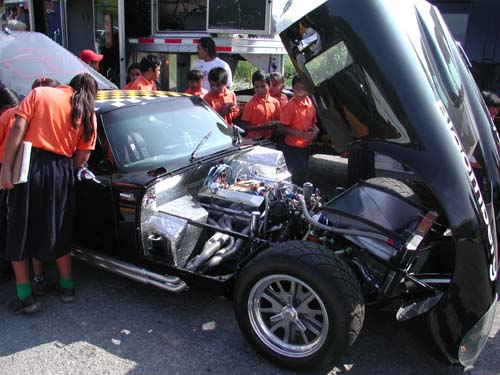
Between meeting other owners, drivers, navigators and mechanics we discovered that some of the cars were worth well over $200,000 and some were more NASCARS than vintage competitors. Ferd “Fredy” Grauer from Boulder flew out to pilot one of his brother’s cars, a special built Cobra replica. They also brought an all jet black ’57 Chevy with a 550 horsepower Chevy engine. The hotel was beautiful, lined with granite floors and luxurious rooms, but you could hear every adjoining room word. Newbies to the game our ears were peeled wide open for hints, tips, and race information.
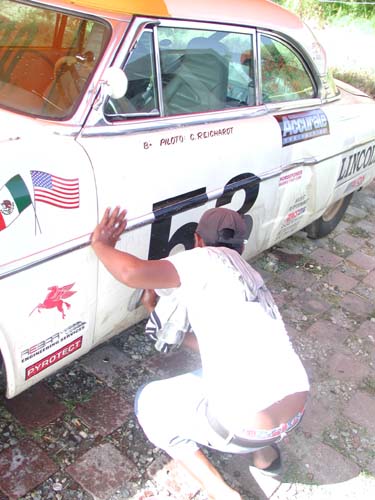
It was hot and mildly humid and a moist haze drifted over the city spread over a narrow valley. It was my job to attend the navigator’s meeting the following day and bone up on the rules, regs and navigating. We were told several times that the navigator’s role was critical. The race wasn’t as simple as beating your competitors to the next stop. We also needed Mexican street smarts. A team of car washers offered to clean the Lincoln for 100 pesos. Later we learned that locals pay 20 pesos, and we shouldn’t pay more than 40. They stole our tire, dice valve caps anyway.
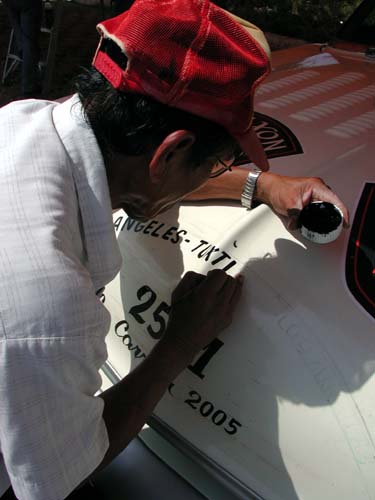
We paid a pinstriper 350 pesos to pinstrip Los Angeles- Tuxla 2571 miles on the hood. Not bad considering the 10 to 1 Peso-to-dollar breakdown. It all worked out. One time we scored a terrific deal, the next we were stolen blind.
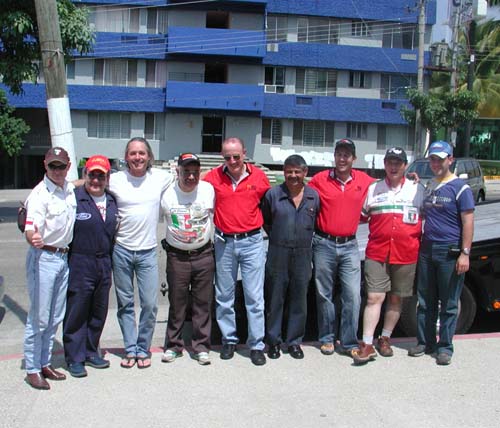
Communication was a treat. Dr. Chris was originally from Germany, so he spoke German and English. His girlfriend is Hispanic, so he was picking up Spanish and could also speak some Italian since, as a kid, he vacationed in Italy. I spoke broken biker English and high School Spanish. Communicating with the pinstriper was a trick. I roughed out my thoughts to a blank stare. A girl who worked for the organizer came to my rescue. I told her that the letters needed to be reduced in size. She told the artist, “Mas Grande,” and ran off.
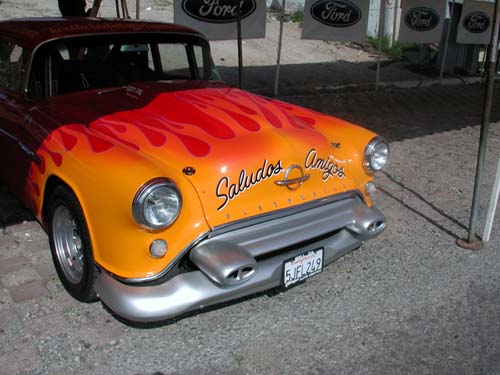
Mexico is a lesson in patience. Between the kids who constantly want something from every driver and mechanic, to the language barrier, people trying to pull numbers and learning our way around town, we tutored ourselves into being easy going, laid back fools. Everyday we picked up something new or met a helpful race associate like Peyton from Randolf racing who offerer mechanical assistance. Bruno offered navigational advice and Jim Muise from Texas Driver Magazine who covered the event every year, was a font of knowledge and political guru. We were about to enter the second biggest spectator sport in Mexico behind soccer.
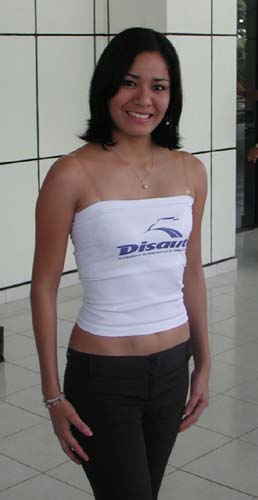
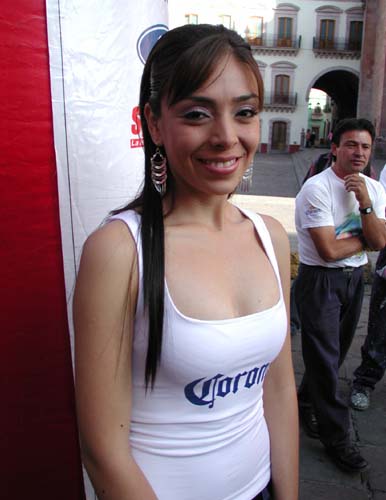
Right in the center of our to-do list we were requested to deliver our car to the Ford Dealer along with all the other Ford based cars for a PR function. Once more we were given obscure directions and we stumble around town until we found the slick Dealership. Hot Rod Magazine sponsored a convertible Mustang that took two years to build. I discovered the hot-shoe cars of the event were in the Grand Terismo Mejor class with open-class power plants and tubular frames. Other than looking like they were vintage ’67 or older cars, they were state-of-the-art speedsters capable of 200 mph.
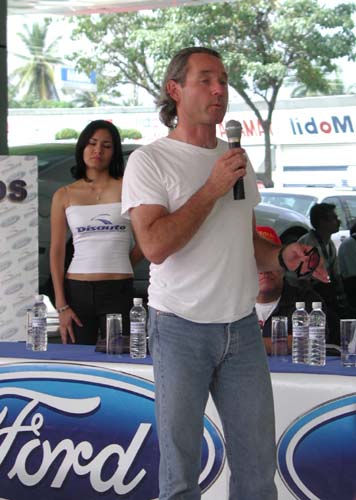
Beyond all the rules and navigational skills there was a code defining the race in three survival stages. From Tuxla to Miscombres was stage one. Then the 15 Kilometer Miscombres (the most dangerous speed zone), where the previous year a BMW left the narrow hillside road and would have plunged 300 ft. if it hadn’t wrapped itself around a tree. The final stage is simply (or not) surviving the remaining race days to roll through the finish line.
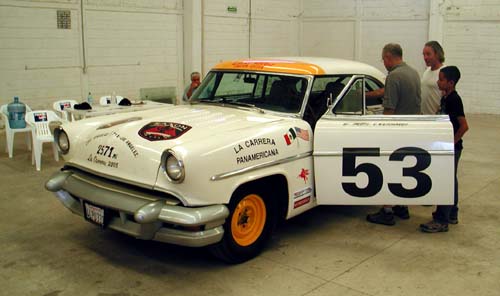
We stumbled into the inspection building under an irratic idle. The car wasn’t running properly. We discovered that we needed straps to hold the trunk lid down, even though we were in the Vintage class. Our helmets were M2005, the lastest motorcycle technology. We needed SA2005 for fire protection or Nomex face masks. We went on a search from car to car. The next day we bought two, were signed off and never wore them.
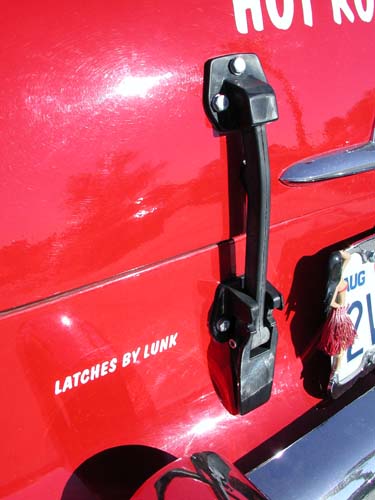
Thursday morning, fortunately we were blessed with one more day before the race would begin. Our list contained hooking up the trunk straps. We needed to have the brakes adjusted and the Emergency brake dialed in. We also had a minor exhaust leak that needed to be dealt with.
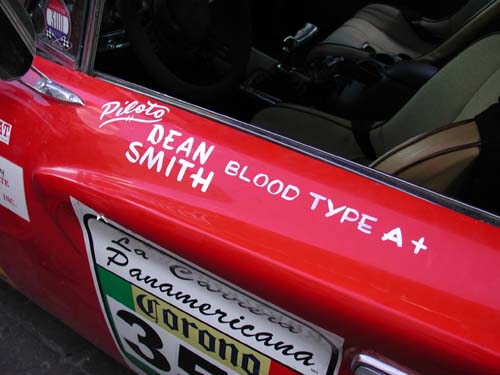
The navigators meeting was another example in developing patience. The times changed, we weren’t notified, no one knew, the rooms changed and finally it took place. Everyone was on hand, drives and navigators. The gentleman who taught the class spoke impatient, broken English as if he was in a hurry. At that point we didn’t have our race book to refer to, which was critical especially for a man who had no, zilch, experience at road rallies. I took notes like a mad dog. Many notes that I would never have a minute to look at during the race, but I’m sure it helped.
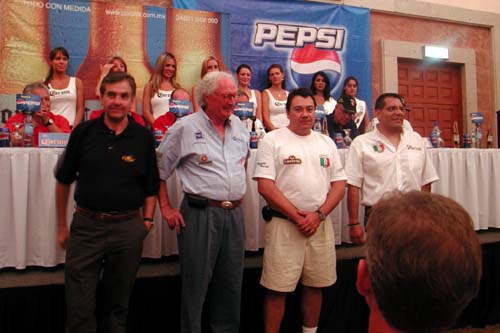
Basically, the race ran in stages, perhaps a half dozen in one day. Each stage was broken into a speed zone and a timed zone. The speed zone ran from 10 Kilimoters to 22. The roads were cleared and the brothers could run at them with all they had. In the second stage we were given times as we left and given a particular amount of time to reach the next stop. You didn’t want to arrive too early or late, but right on the button. Those stages buzzed along from 45 to 145 Kilometers.
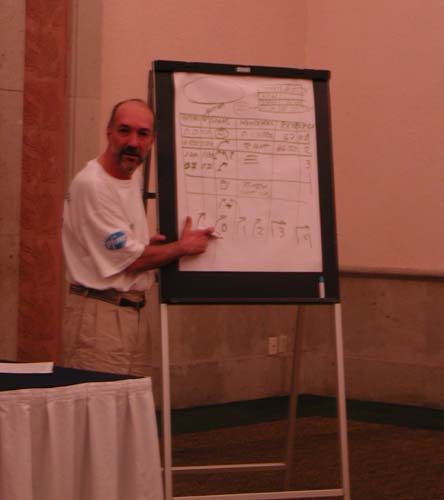
The book was a race god on paper and was the size of a major city phone book. It outlined every move, curve, dip, every slope, every signal, Pemex station, every town, speed bump and service station. Our navigational teacher discussed all the rules, the integrity of the scoring, the rituals, the hazards, and danger zones for the entire race. Holy shit. He also pointed out weak or inaccurate race book info.
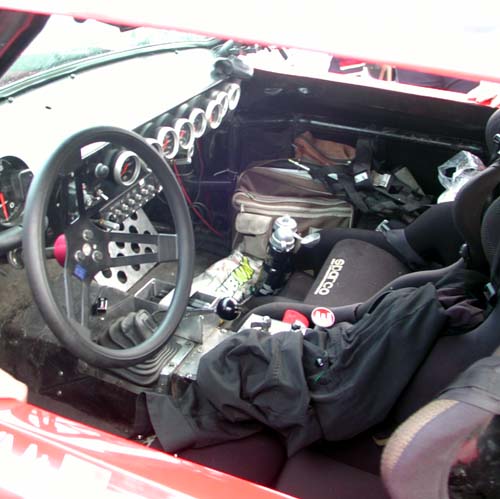
At the last minute, as the sun set, we peeled back across town to the Ford dealer and caught a few mechanics still on the job. They adjusted the brakes, then the emergency brakes and damn we were relieved. The brakes were the weak link aside for the strange idling nature of the car, which forced us to constantly use the emergency brake to hold us at lights so we could keep the car running with the gas pedal.
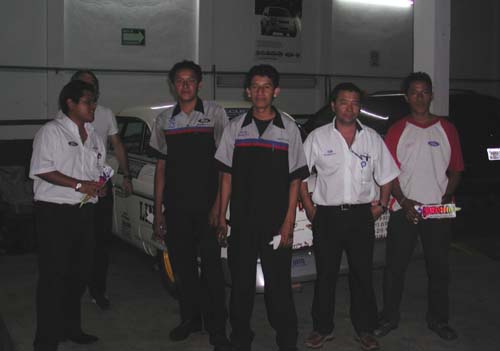
At dinner we were told of a volunteer nurse, Lopita, who was in an accident in 2003, during the race, and lost both legs. The teams pitched in and bought her a home, set up for her handicapped status. We were told that half of all the race accidents happen between Tuxla and Oaxaca. The race originally ran from 1950 until 1954 when it was shut down. It was considered the world’s most dangerous road race. Some 28 people, mostly spectators, died during one race. In 1988 the race was kicked off again.
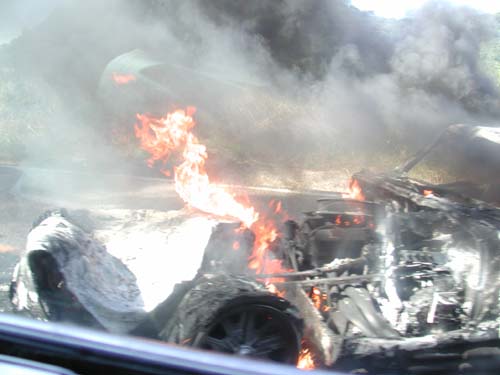
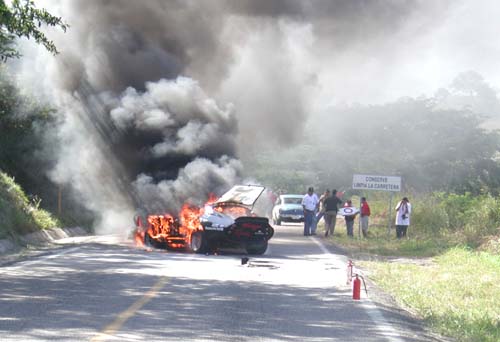
The next morning we could barely touch breakfast. The speedster drug ran through every mans’ veins as we took our positions. The previous day we made a trial run that set our location in line for the first day. On the first day out, in the first speed run Fredy’s Cobra caught fire and burned to the pavement. The carb system flooded and exploded under the hood. The fire retardant system caught too late. The driver, Fred, and the navigator escaped but the car was a total loss. The builder, who spent two years of his life designing and constructing this one-of-seven cars in the world witnessed the smoldering classic burn to the ground.
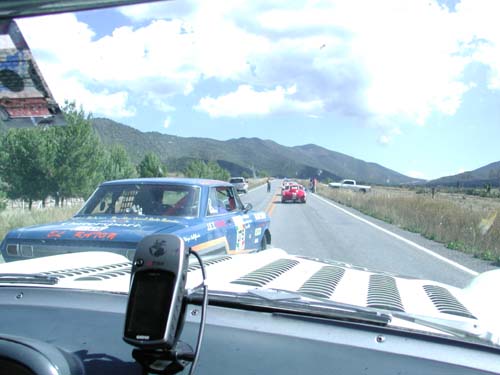
Let me try to explain how the book worked and each stage. There may be six race stages in a day. Each one has an overall length in Kilometers, broken into two sections, timed and transit. The timed is the all-out jam, for say, 7 kilometers, then a transit time for 23 kilometers for an overall 30 kilo length. There is a time given to cover the overall distance, 25 minutes. The design is not to arrive first, but to arrive 25 minutes after you left the initial check out point. The second the timekeeper drops his arm, you’re on for the timed section. The first one, where the Cobra blew up was 7.05 Kilometers. It’s the navigator’s job to set the stop watch, calculate the time, zero the GPS and monitor the mileage against the book while giving the driver life-saving instructions.
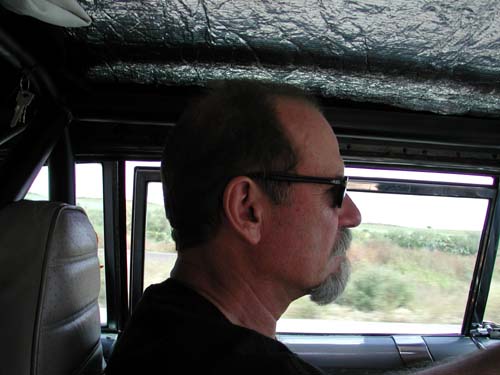
That morning, as we peeled away from the gate for the first time, the book indicated that we departed the A zone, that we’d pass a road sign to Ocozocoautla 10 at .170 kilometers, hit a general right curve at .620 K, a 3L (a long hard right) right at 1.2 kilometers, a 3 left, 3 right and 2 left through a dip at 1.6 kilometers, a 3 left at 2.2 kilometers, and a 2 right. At that point we had just traversed a measley 2.4 kilometers. I was rattling directions, referring to the GPS, challenged to stay on track and attempting to ignore a friend’s car sickness omen. “If you’re whipping through curves while staring at a goddamn watch, GPS and reading the rule book, you’re gonna get sick.” I didn’t want to think about it.
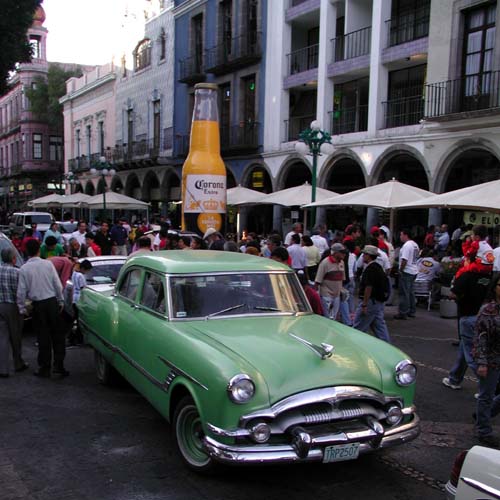
Another risk became immediately relevant. Sometimes the slightest bend in a narrow winding road was documented, others it wasn’t. It was too easy to fall out of line with the book. In a timed zone, traveling at high speeds, the difference between a general curve and a 3L right can be fatal. The book also pointed out every goddamn Kilometer marker you passed. I quickly learned to watch for them as confirmation that I was on track, or a panic notice.
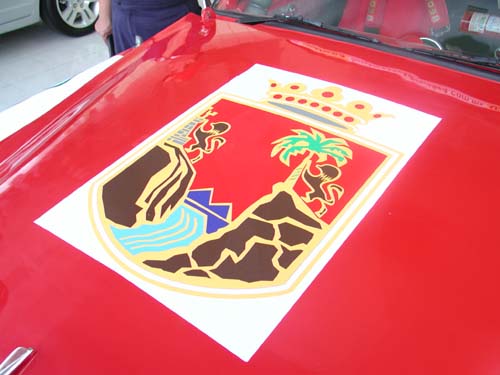
So started the race as we cut through vast Agave fields along winding roads, while the stinking Lincoln, La Beastie Del Norte, coughed and missed on right corners. We passed wild flowers and lush hills, groves of cactus and prayed that no other cars would come the opposite way and meet us, head-on, in a curve. We survived the first race day, although three more cars dropped out.
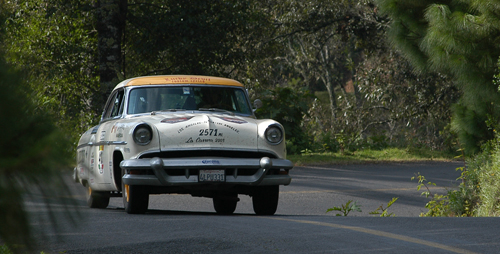
One, a Porche, piloted by a woman, was found upside down alongside a speed zone road. Rusty’s black and white (cop car style), with a siren and red light on top, wild Studebaker attemped to eat a winding road guardrail. Chris stared and the temp gauge and we whispered blessings to the fifth dimension and to the soul of the Hot Rod Lincoln. On to Page 3... Back to Page 1... |